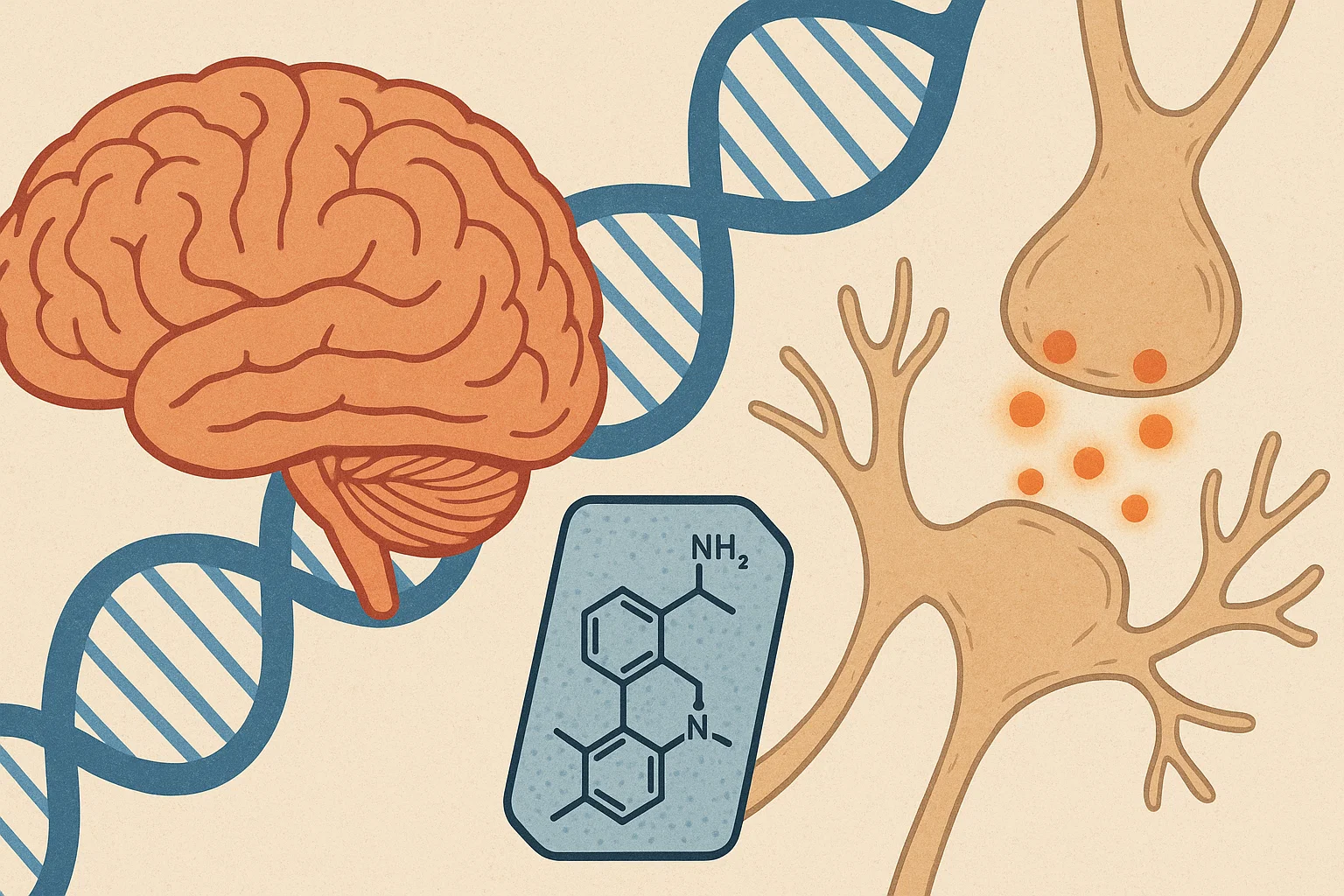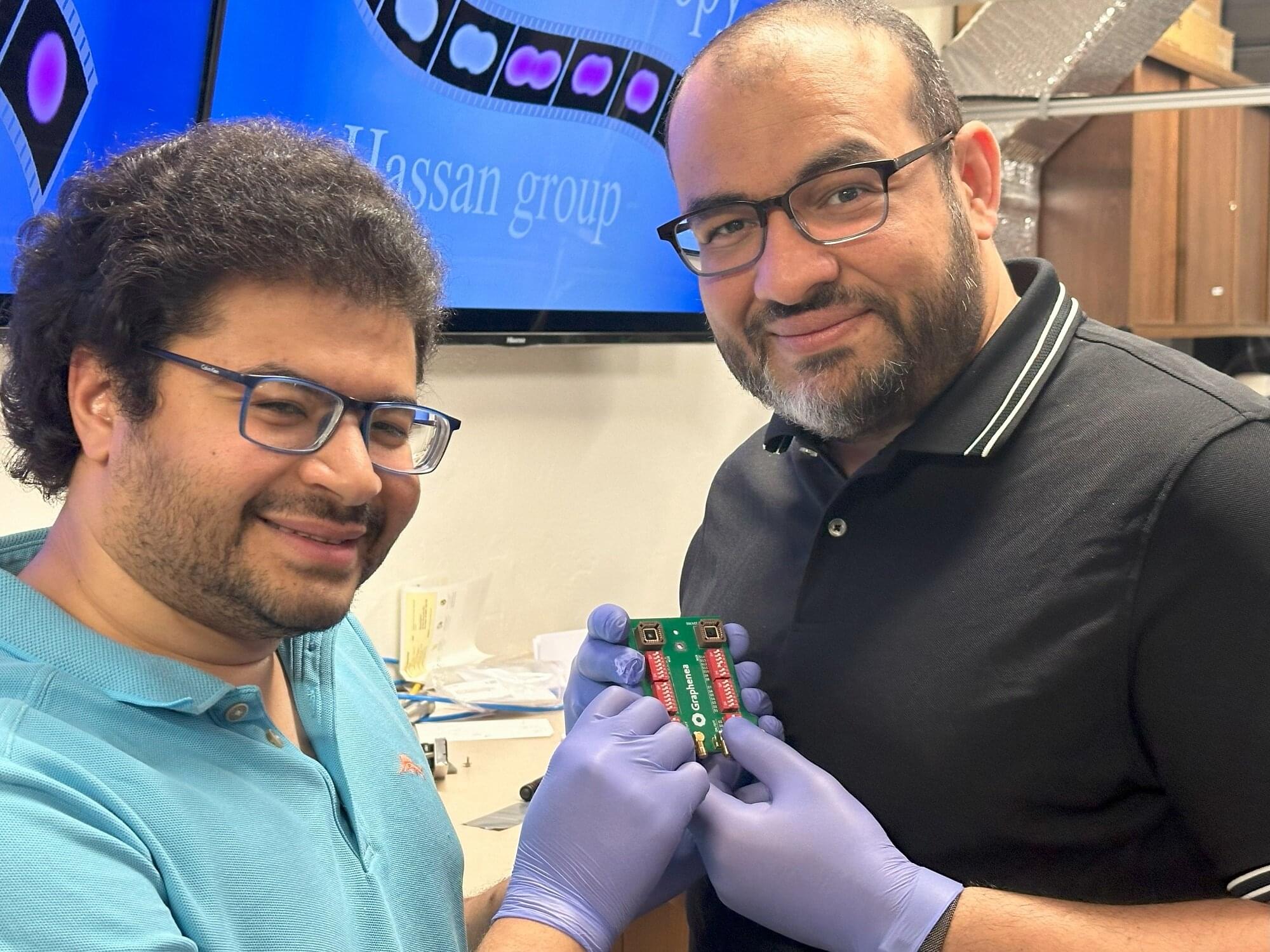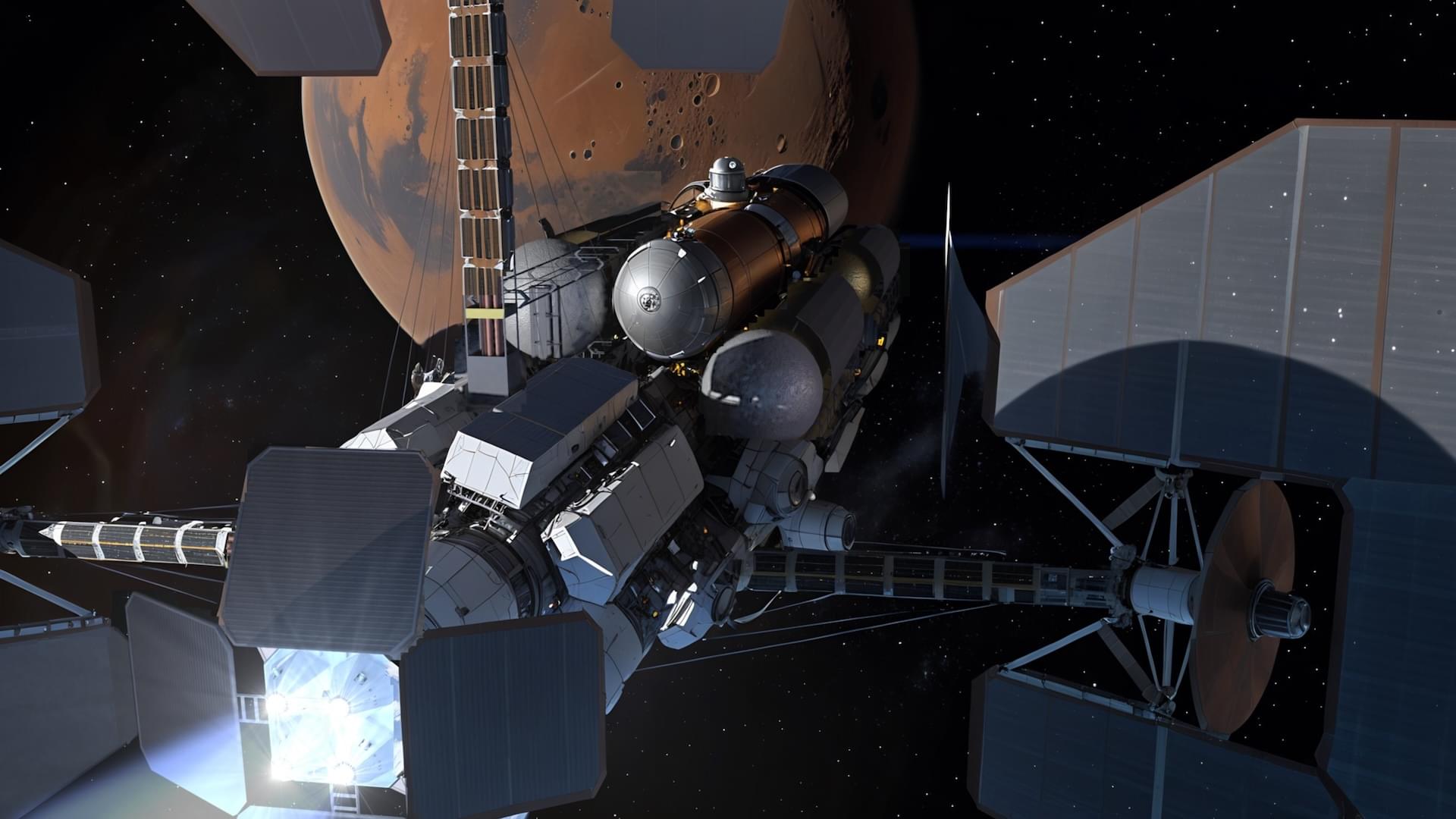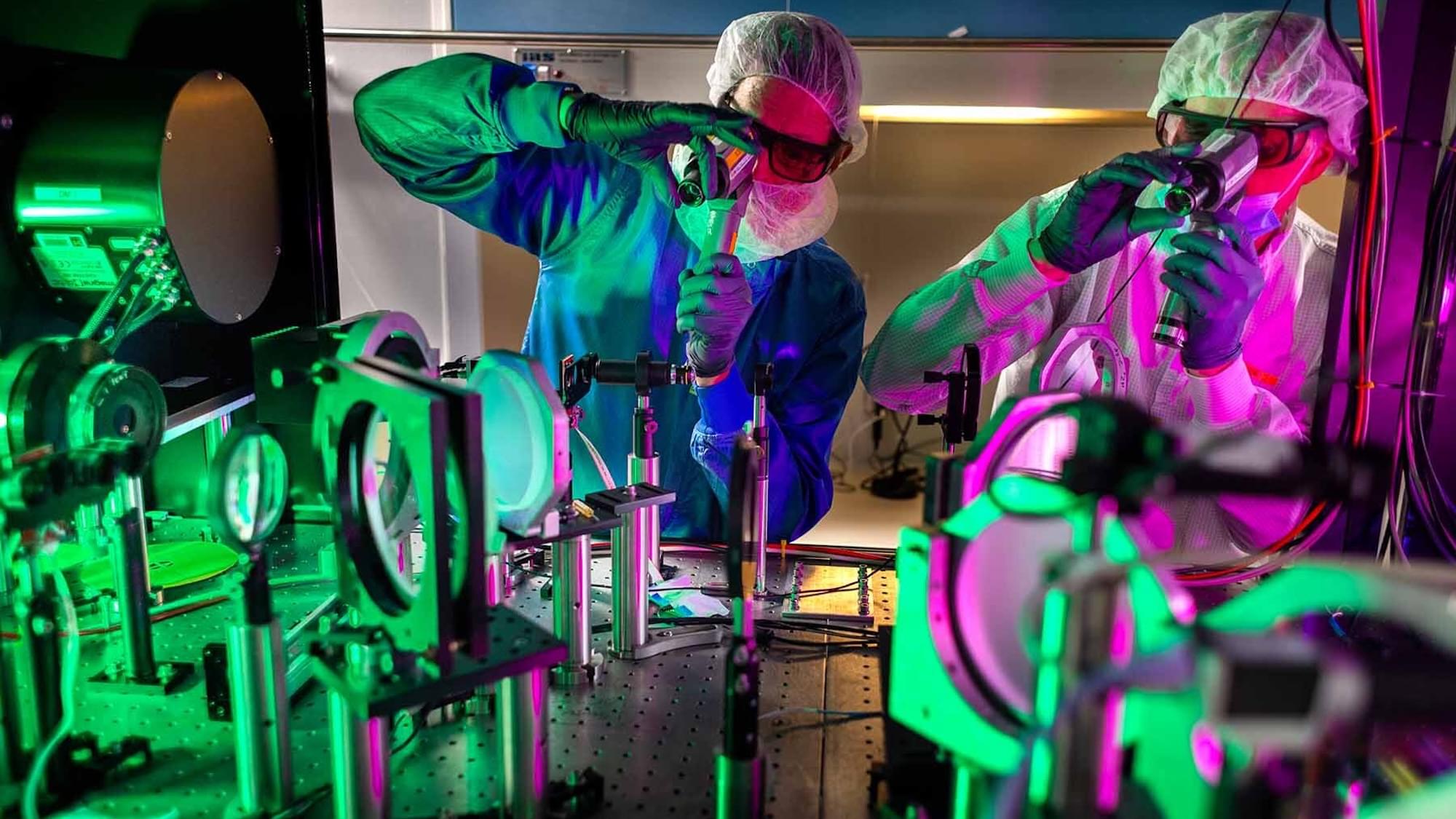Volume 33 Issue 1.




How much water did Mars have in its ancient past and when did it disappear? This is what a recent study published in Geophysical Research Letters hopes to address as an international team of scientists investigated Mars’ ancient water cycle processes, including its transport mechanisms between the surface and subsurface. This study has the potential to help scientists better understand ancient Mars and whether the Red Planet could have had the ingredients for life as we know it.
For the study, the researchers used computer models to simulate the length of time that liquid water on the surface of Mars billions of years ago required to go from the surface to the subsurface, specifically to mile-deep aquifers. While this same process takes only a few days on Earth, the researchers estimated that it took between 50 to 200 years on Mars for liquid water to go from the surface to the subsurface aquifers.
Larry Niven is one of the biggest names in the history of science fiction. His 1970 novel Ringworld is the latest pick for the New Scientist Book Club, but he has also written a whole space-fleet-load of novels and short stories over the years, including A World Out of Time.
New Scientist sci-fi reviewer Emily H. Wilson caught up with him via Zoom at his home in Los Angeles recently, where he discussed Ringworld, his start in sci-fi, his favourite work over the years, his current projects, and whether he thinks humankind will ever leave this solar system.
–
Learn more ➤ https://www.newscientist.com/article/2480167-an-interview-wi…fi-legend/
Subscribe ➤ https://bit.ly/NSYTSUBS
Get more from New Scientist:
Official website: https://bit.ly/NSYTHP
Facebook: https://bit.ly/NSYTFB
Twitter: https://bit.ly/NSYTTW
Instagram: https://bit.ly/NSYTINSTA
LinkedIn: https://bit.ly/NSYTLIN
About New Scientist:
New Scientist was founded in 1956 for “all those interested in scientific discovery and its social consequences”. Today our website, videos, newsletters, app, podcast and print magazine cover the world’s most important, exciting and entertaining science news as well as asking the big-picture questions about life, the universe, and what it means to be human.
New Scientist.

What if ultrafast pulses of light could operate computers at speeds a million times faster than today’s best processors? A team of scientists, including researchers from the University of Arizona, are working to make that possible.
In an international effort, researchers from the Department of Physics in the College of Science and the James C. Wyant College of Optical Sciences have demonstrated a way to manipulate electrons in graphene using pulses of light that last less than a trillionth of a second. By leveraging a quantum effect known as tunneling, they recorded electrons bypassing a physical barrier almost instantaneously, a feat that redefines the potential limits of computer processing power.
A study published in Nature Communications highlights how the technique could lead to processing speeds in the petahertz range—over 1,000 times faster than modern computer chips.


Researchers at UC Davis have fiddled with LSD at the atomic level and may have unlocked a potential game-changing treatment for schizophrenia. The new compound, known as JRT, might be able to repair the brain without making you trip balls.
The scientists, who posted their findings in the scientific journal Proceedings of the National Academy of Sciences, were toying with LSD atoms when they decided to, in their own words, do a “tire rotation.” This meant swapping the position of two atoms in LSD’s molecular structure.
That tiny change turned it from a powerful hallucinogen into something that can regrow brain cells in mice and mend neural pathways without launching your consciousness into the cosmos.


Accomplishing this and other experimental feats does require some safeguards. ZEUS includes optical devices known as diffraction gratings that stretch out the initial infrared pulse over time. This ensures the initial power doesn’t get so intense that it begins tearing apart the air around it.
Another goal is to ultimately create beams of electrons with energies similar to those found in particle accelerators hundreds of feet longer than ZEUS at a fraction of both its size and operating costs. At only $16 million to construct, the University of Michigan previously described the machine as a “bargain.”
Years of construction, calibration, and expertise is showcased in an astoundingly short amount of time. ZEUS’ 2 petawatt firing lasted just 25 quintillionths of a second. But future experiments will make the most of these moments.
Is your mind more than just your brain? Does the soul actually exist? These questions have been pondered for millennia. What does the latest scientific research suggest? On this episode of the ID The Future podcast, renowned neurosurgeon Dr. Michael Egnor begins a conversation with host @Andrew_McDiarmid about his new book The Immortal Mind: A Neurosurgeon’s Case for the Existence of the Soul. Egnor makes a powerful case that our capacity for thought, reason, and free will points to something beyond mere brain function.
After defining terms, Egnor begins exploring the compelling evidence he has gathered across four decades of practice in neurosurgery. He recounts the remarkable results of split-brain surgery, where patients whose brain hemispheres are functionally disconnected still feel like one person and can process information presented separately to each hemisphere. This implies a part of their mind is not solely located in their brain. You’ll also hear about conjoined twins who share brain parts but maintain distinct intellects and free will, highlighting which aspects of the soul are not brain-based and cannot be shared.
Along the way, Dr. Egnor also boldly challenges the Darwinian view of the mind’s evolution, arguing that abstract thought and free will are immaterial and could not have arisen through natural selection. Learn why Dr. Egnor believes nature is not a closed system and that science alone cannot fully interpret its own findings. Drawing on ancient philosophers like Aristotle and Thomas Aquinas, he presents arguments for a cause outside of nature.
This is Part 1 of a two-part interview. In Part 2, we’ll explore Dr. Egnor’s personal journey from atheism to theism and more evidence for the immortality of the mind and the existence of the soul.
Enjoy more ID The Future here:
#neuroscience #intelligentdesign #mind #brain.